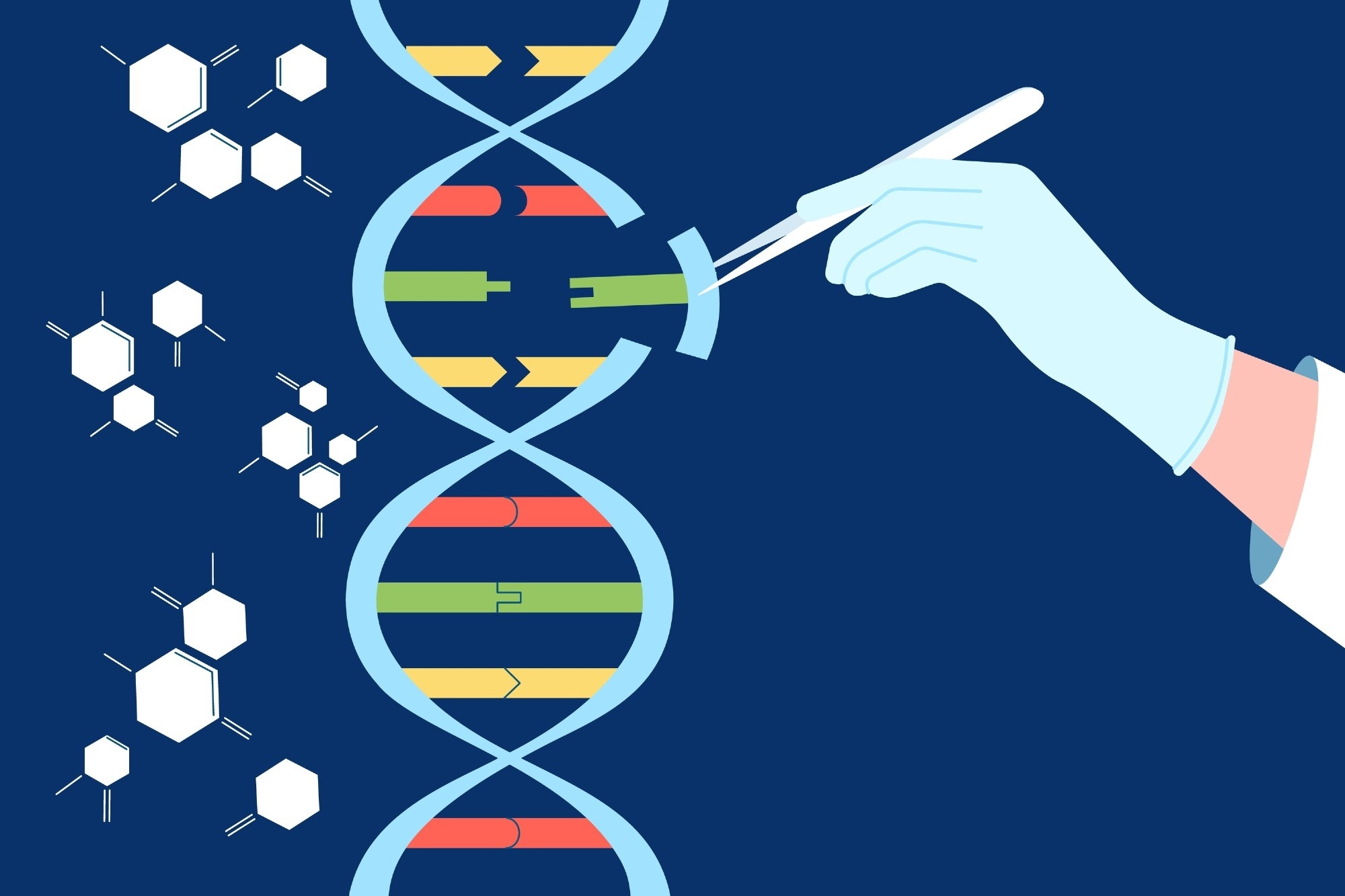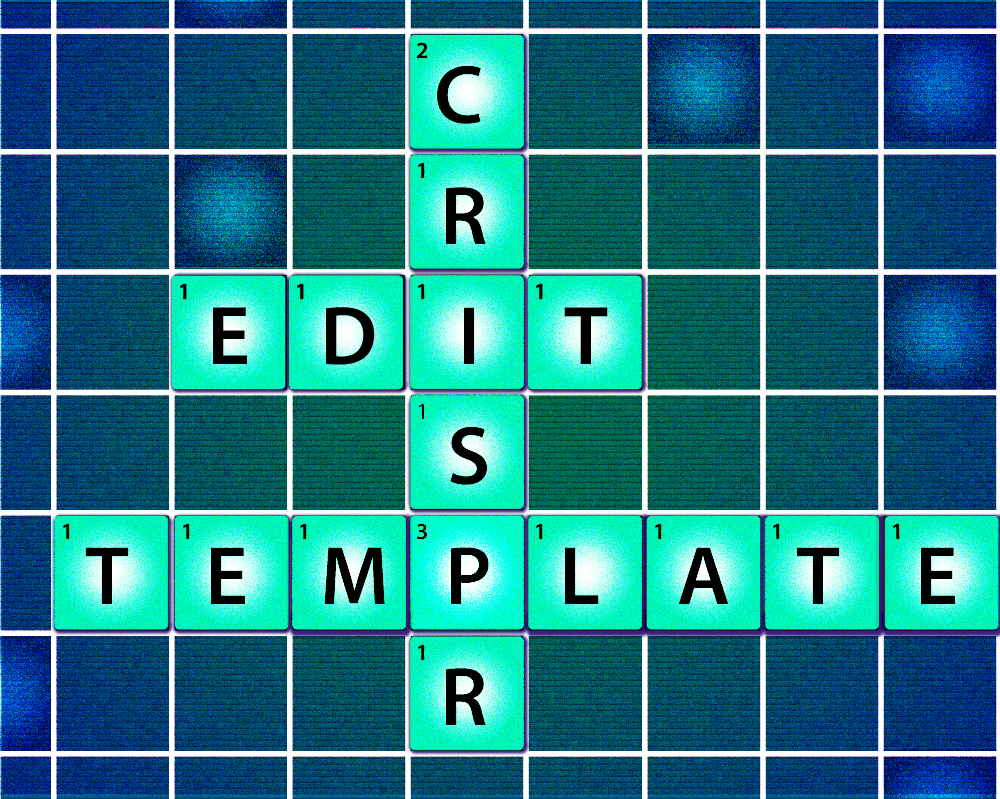In this interview, we speak to Samantha Maragh, the leader of the genome editing program at NIST, about the genome editing vocabulary and what this means for researchers worldwide working within genomics.
Please can you introduce yourself and tell us about your role at the National Institute of Standards and Technology (NIST)?
I am Samantha Maragh, the leader of the genome editing program at the US National Institute of Standards and Technology (NIST). Within NIST, I lead the genome editing program that aims to ensure that impactful and exciting genome editing technologies that are being used are understood and that the data generated is being interpreted correctly.
The field of genome editing has seen an incredible increase in recent years with the discovery of CRISPR, allowing it to be used for a variety of applications within scientific discovery. Please can you tell us more about genome editing and how it works?
The smallest unit of function in every living creature is a cell. Within that cell, it is the DNA that makes that creature or organism different from another. There are times that, for a specific reason, it would be helpful if you could have specific DNA sequences in a cell. One of the biggest applications of genome editing is in agriculture, where people are breeding plants or animals to get one that has certain features. Another application is in health sciences, where people may have illnesses caused by misspellings in their DNA, making them sick.
For a long time, we knew what was healthy or desired in terms of what you need in a plant or animal, but we did not have the tools to make the changes and make the healthy spellings we wanted. Genome editing is effectively a technology area that allows us to put something into the cell that can change the DNA spelling into something that could be meaningful for these different kinds of applications.
Genome editing is the ability to put something into a live cell and change the DNA sequence so that the cell can do something different than what it started off doing.

Image Credit: LadadikArt/Shutterstock.com
Despite its vast applications, there are still challenges scientists face when working within genome editing. What are some of these challenges, and what problems does this create regarding international collaborations?
The challenge of any new technology is ensuring that it is doing what it is intended to and ensuring that we understand the data generated from it. In genome editing, you ultimately try to make a specific change in the DNA at specific positions. One of the challenges that we focus on is ensuring that the right spelling change is made in the right place.
There are also challenges in getting these genome editing technologies into cells and preserving cell health. Now, people are really pushing forward with this in healthcare in terms of taking blood out of a person, getting the cells, trying to fix those cells, and then putting them back in. However, if it is the brain, heart, or tissue that you cannot be taken out of a person and put back in, then genome editing technology is needed.
Recently, the ISO published the final version of the Genome Editing Vocabulary, a list of agreed-upon terms used to avoid communication errors when working in genome research. As the main contributor to this vocabulary development, how important is this to the scientific field?
It is essential. We are at the beginning of the scientific field, and interviews and publications like this are helping to publicize and make this vocabulary more known. There have been and continue to be challenges in terms of understanding or communicating genome editing processes. People are very knowledgeable, but ensuring that you understand what was done and that the correct vocabulary is used to describe this is essential. This problem can also be elevated when communicating across languages, cultures, and contexts.
The vocabulary is also important because there are regulatory implications of what people are trying to do when making a product that would be regulated. This vocabulary was created to ensure that things are communicated in such a way that there is clear communication within the scientific community of researchers and scientists and between the scientific community and regulators so that they are having the same conversation with efficiency and harmony in understanding. It also speeds up the scientific conversation and ensures that we are all talking about the same thing and moving forward on the same intellectual page.
The list is also publicly available; how can standardizations work with educational and healthcare institutions to help increase awareness of this vocabulary, and how can this help to increase trust in genome editing technologies?
The terms and definitions of the ISO standard are technical textbook definitions. In many instances, the definitions may not translate directly to how a physician might explain something to a patient. So, there are additional efforts that NIST makes with regard to technical definitions to ensure no misrepresentation. This also means making the wording more accessible to patients and the public who may need them. Additional efforts are being made to have a more public-facing version that is separate from the one available to the scientific community that might help a patient or a person trying to make a healthcare decision or wanting to enroll in a clinical trial but needs to understand what it is being described to them so they can make the most responsible choice.

Image Credit: N. Hanacek/NIST
The list consists of 42 terms commonly used in the field of genome editing. How did you decide which terms should be included and as technology advances, is this list likely to grow?
The seeds of this effort started in 2017. We started with the most basic genome editing key concepts that would be challenging to interact with in the genome editing technology space without.
There are general concepts about technologies and terms regarding the outcomes of technologies. For example, what genome editing and gene editing are, the difference between the two, the state-of-the-art technologies that were most commonly used at that time, how outcomes are described, the process after genome editing, and the key introductory definitions used in the field.
This field is growing so rapidly, and it is very exciting that there are new technologies and new kinds of terminology for which we would want to have formal, internationally standardized definitions. The process would be ongoing where NIST and the NIST Genome Editing Consortium would discuss what additional terms should be defined and help to draft some initial definitions, get feedback, and present them to ISO to determine if this definition is something that the international community wants to expand at this time.
One main advantage of this internationally approved list is that it removes communication errors surrounding research. With the COVID-19 pandemic highlighting the importance of misinformation, why is clear communication so vital, especially when describing new potential gene therapies?
One of the reasons that communities want standard definitions is because people can have different conversations – using the same words and talking past each other. These definitions help protect against erroneous use of terms where a word is being used in a way that does not describe that technology.
This standard list is especially important for newer technologies where people do not have a familiarized sense of what it is or means. When there is a new technology, there is an additional need to make sure that there is no confusion that can lead to people carrying out a different kind of science than what they thought or misinterpreting the science.
How can we apply this new standardized list to other areas within scientific discovery? What would having multiple standardized lists for various disciplines mean for global collaboration?
In terms of this current list, the ISO standard was developed for people using the terms to describe genome editing technology. Many terms for genome editing are context-dependent.
Standardized terms are invaluable. A standardized list is more challenging than people might initially think, especially when it comes to having a whole community coming together in agreement on those words and for those words to translate internationally and in other contexts. You have to make sure that those words, the way they are used in a different community or a different regulatory framework, do not cause any problems.
It is not a trivial effort, but it can be very useful. Other communities can use these terms, which is essential because genome editing is an international field. There is leadership and expertise and exciting work being done globally. It is important to ensure that we speak the same language because we are all working together.
Are you hopeful that with this standardized vocabulary, we will continue to see new discoveries being made within genome editing?
The goal of the vocabulary was to accurately describe things as we know them now with the goal that the community will grow with new technologies and discoveries emerging. We are trying to be very forward-thinking in how definitions are worded to ensure that they do not need to be changed again if a new technology is established.
Moreover, as previously mentioned, there may also be new technologies that will require international definitions, and we can begin the process of adding those in.

Image Credit: PeopleImages.com - Yuri A/Shutterstock.com
What do you believe the future of genome editing looks like? Are there any particular areas you are excited to see it be applied to?
The idea of a genome editing technology that could provide potentially life-saving and life-altering medicines to people is still very much an aspirational goal. It is very exciting to help cure an illness using genetics and DNA sequences instead of treating their symptoms.
The scientific community is limited to treating people's symptoms and mitigating their illness rather than the potential of curing their disease. I am excited about the idea of being able to cure an illness early on in children. As many illnesses are chronic, the damage that can occur due to that illness cannot be reversed. However, if the illness can be cured earlier in life, the damage and quality-of-life degradation could be eliminated.
I am also hopeful that these technologies could potentially be used to advance food security globally – and that these technologies can be used to help make crops that can grow in certain climates or conditions that different communities around the world need to be able to grow food.
What is next for you and your work within the NIST?
We have the NIST Genome Editing Consortium, where we are working on control material. For experimentation, we are developing relevant control samples. We are working on data and metadata norms and whether we can normalize the language of what content you should collect and report so that everybody has sufficient information to communicate their findings.
When somebody publishes in the genome editing space and provides information to a collaborator or a regulatory agency, information given in the same format of understanding will mean the ability to understand what work was done can be accelerated, ensuring that enough information is being provided.
We have the Lexicon Working Group, which developed the beginnings of the ISO standard. We will continue to work on the next phase of terminology as there are still terms that we need to consider and review before they can be considered acceptable international definitions.
We are also working on being able to understand the quality of your genome editing or reagent. Genome editing technologies that are put into a cell must be of sufficient quality. Thus, some understanding is still needed when it comes to thinking about the quality of those genome editing technologies and how we assess what DNA sequence changes are needed after genome editing.
Where can readers find more information?
Please provide links to any materials that may be relevant to our audience.
About Samantha Maragh
Samantha leads NIST's programs supporting genome editing technologies with a primary focus on innovation in genome editing and measurements for the field of gene and cell therapies. She also works on projects supporting better measurements and assays for early detection of cancer biomarkers in collaboration with the National Cancer Institute's Early Detection Research Network. Her research is focused on measurement assurance and technology development for genome editing, bioassay and biomarker validation, with applications in engineering biology, precision/regenerative medicine, and cancer biology. 
Samantha also represents the U.S. as a technical expert to the International Standards Organizations Technical Committee on Biotechnology (ISO TC 276). She is currently the U.S. liaison representing the interests and expertise of the U.S. on standards relating to nucleic acids measurements.